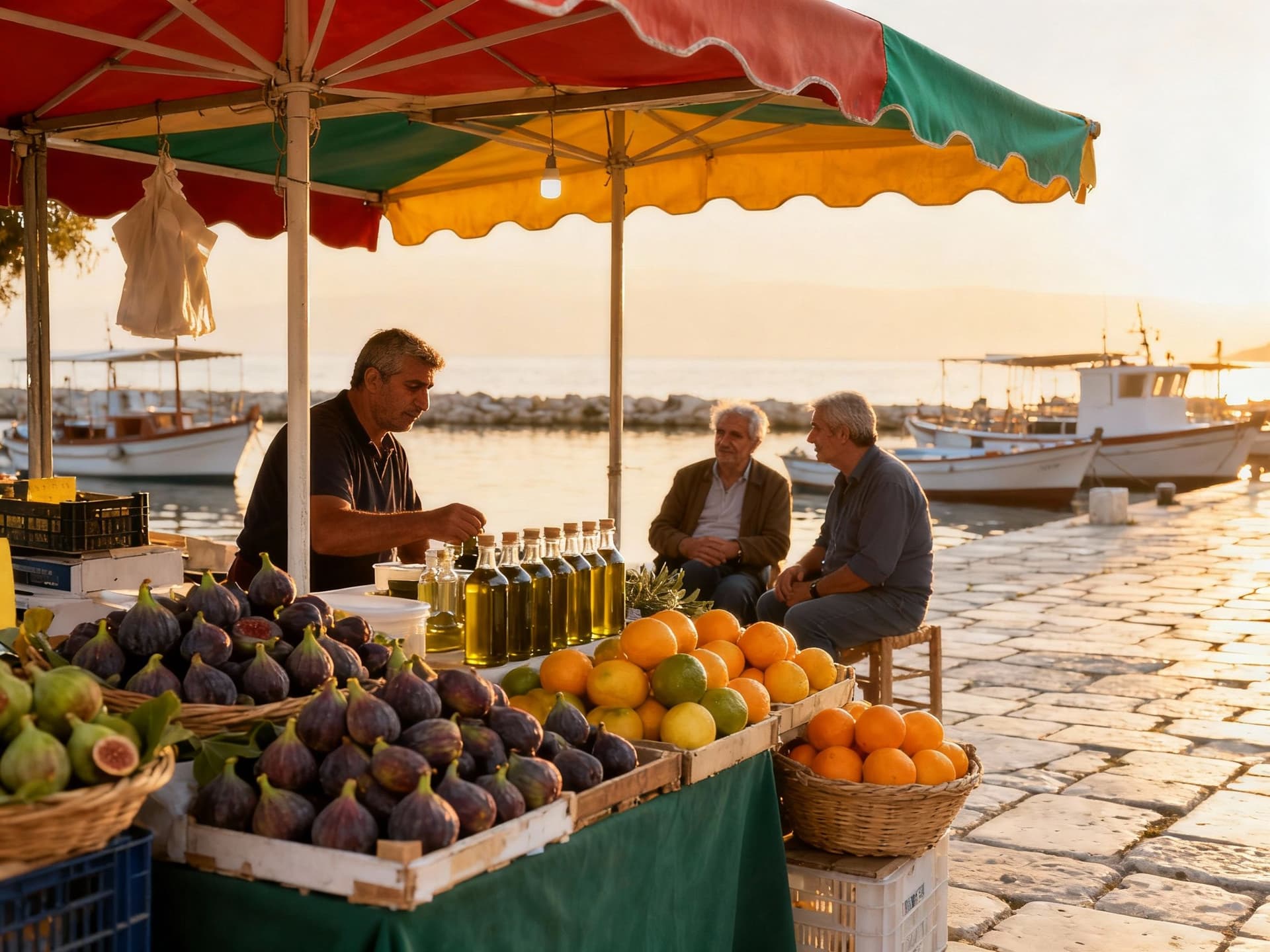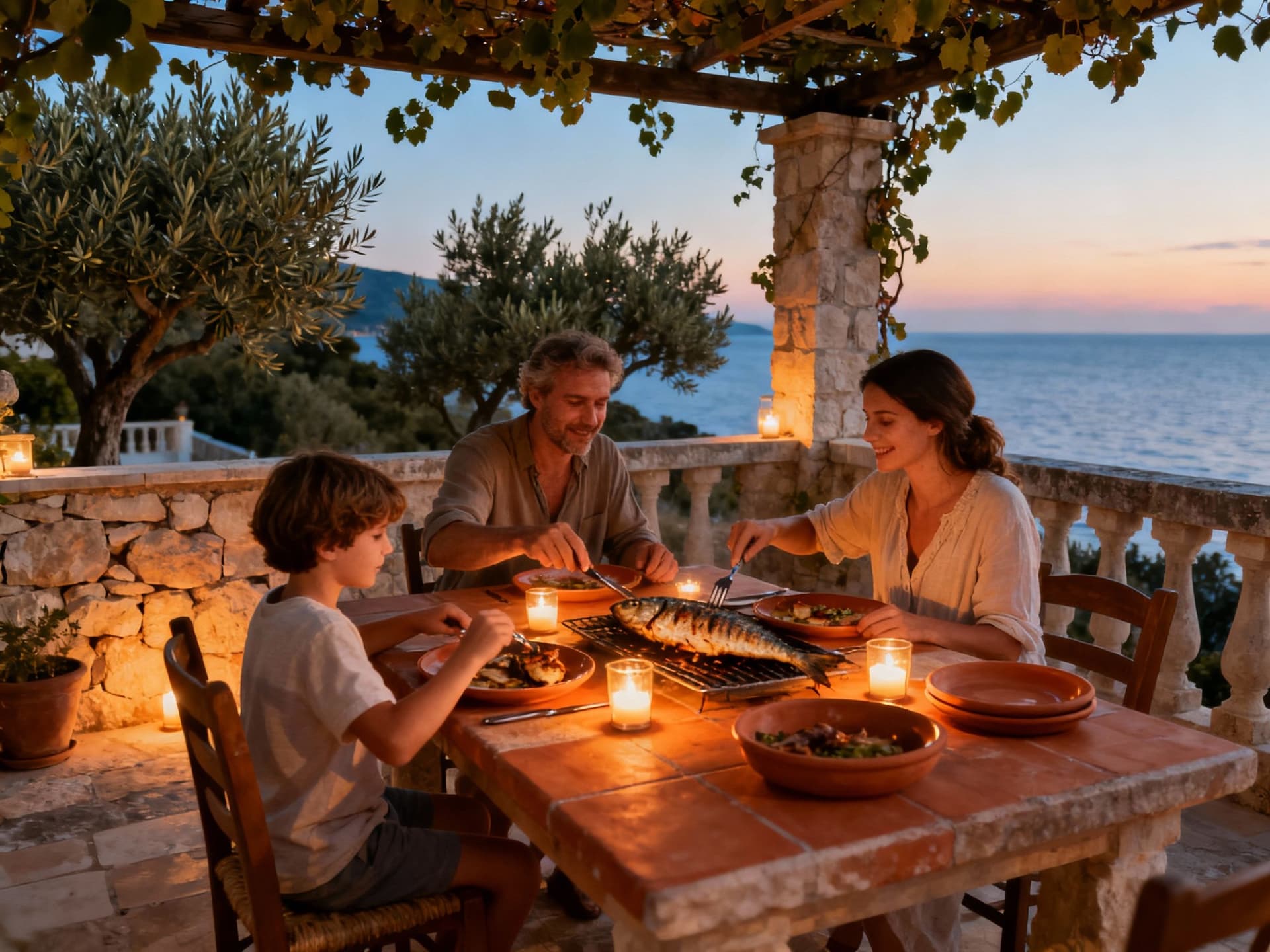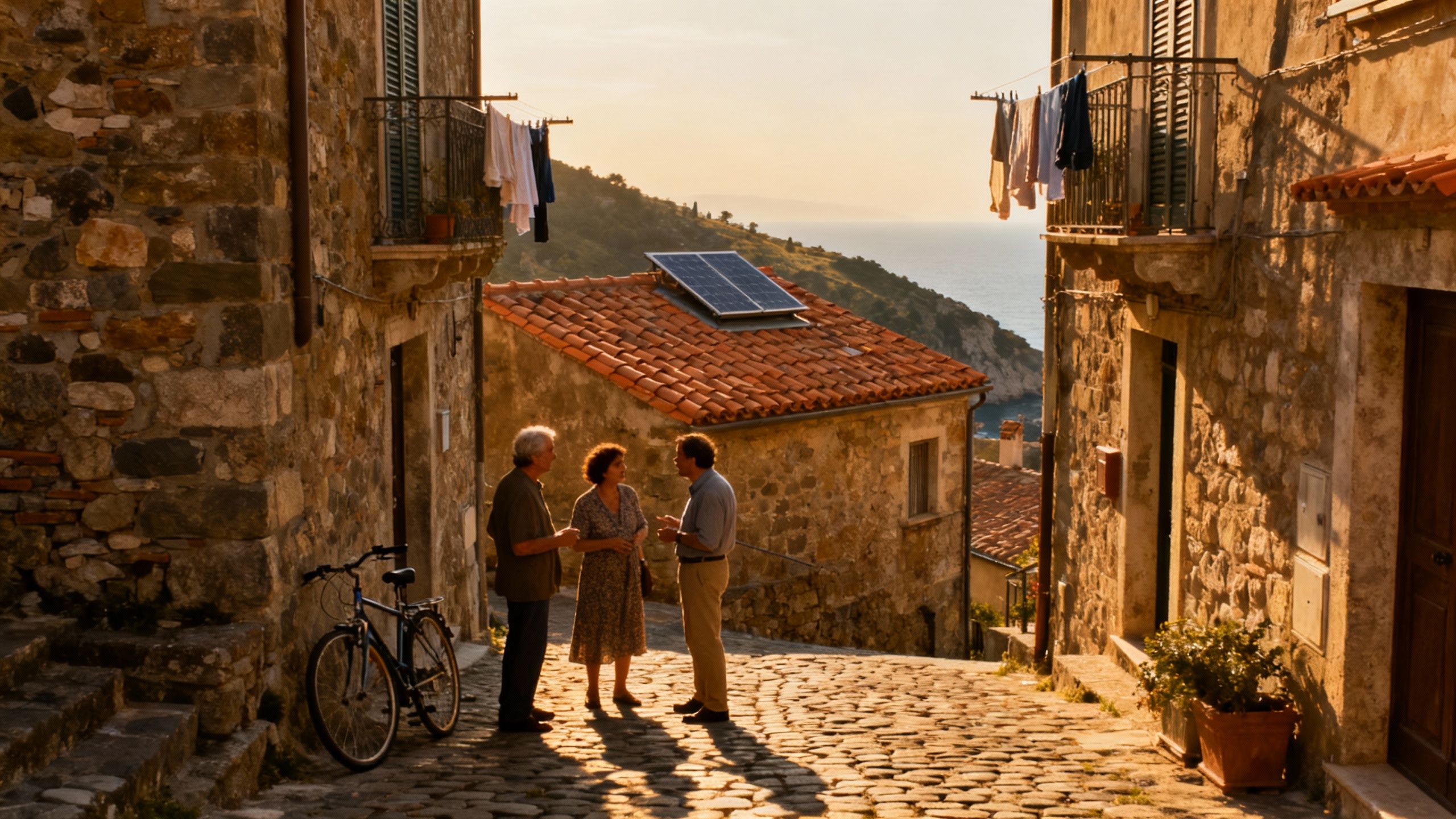Hidden Costs & Green Decisions When Buying in Croatia
Fall in love with Croatia’s rhythms while budgeting for transfer tax, new annual property levies and locality-driven costs—pair lifestyle choices with legal clarity.
Imagine waking to the hush of pine and sea—a morning espresso on a stone terrace above a cove, figs ripening on a low wall, bicycles clattering down a narrow lane. In Croatia, everyday life moves with the seasons: markets at dawn, slow lunches beneath grape arbors, and afternoons on pebbled beaches. For buyers drawn to this rhythm, the decision to buy here mixes romance with technical care: local laws, taxes and practical costs shape the experience you’ll live into. This guide pairs the sensory of Croatian living with clear, research-backed steps so your move is both joyful and secure.
Living the Croatian lifestyle

A day in coastal towns and inland villages
Picture Split’s riva at 7am, the light silvering the water while fishermen mend nets—then contrast that with a lavender-scented morning in Istria, or a quiet autumn in continental Zagorje. Coastal life is shaped by tourism seasons; inland villages follow agricultural timetables. These rhythms also influence market cycles: national house price indices show steady growth in recent years, with coastal demand especially strong, so timing and location matter as much for lifestyle as for price. (See national statistics for regional detail.)
Neighbourhood characters to help you choose
Zagreb offers leafy neighbourhoods and cafe culture for year-round living; the Dalmatian coast (Split, Zadar, Dubrovnik) gives you stone alleyways, port life and strong summer pulses; Istria is slower, with truffles, vineyards and hilltop towns; islands like Hvar and Brač trade solitude for seasonal vibrancy. In each place you’ll find different building types—stone houses with thick walls, mid-century apartments, and new eco-conscious renovations—so match property style to your seasonal habits: do you want a home that breathes in summer heat or one that stays warm through inland winters?
Local lifestyle highlights
Morning markets: Dolac market (Zagreb) and Pazar (Split) for seasonal produce, olives and cheese
Coastal rituals: afternoon swims off pebbled coves and sunset promenades along the riva
Countryside life: weekend visits to family-run konobas, olive harvests and small-scale vineyards
Making the move: practical considerations

Who can buy, and what approvals matter
EU citizens (and citizens of Norway, Iceland, Liechtenstein and Switzerland) generally have the same purchase rights as Croatians; non‑EU nationals can buy under reciprocity agreements or with ministerial consent. Before you fall in love with a stone villa, confirm whether your nationality requires approval—your agent or notary will request the right documents and advise on timelines. Treat this step as non‑negotiable: it affects contract terms and how long a sale can take.
Taxes, recurring costs and recent policy shifts
Key fiscal realities to budget for: transfer tax is commonly 3% of market value when VAT does not apply; since 2025 a new annual real estate tax ranges by municipality from €0.60–€8.00/m2 (with exemptions for long‑term rentals), so running costs can vary widely by town. Recent reforms aim to discourage short‑term vacancy and speculative buying—expect local councils to enforce new rules and exemptions that may affect rental plans and total ownership costs.
Property types, green features and local expertise
Which property style fits your sustainable life?
Stone village houses often offer thick thermal mass, ideal for passive cooling in summer; newer coastal builds may include heat pumps and improved insulation to resist salt‑air corrosion. If energy independence matters, prioritise properties with south‑facing roofs for PV, established rainwater capture, and mature gardens for food and shade. Consider renovation realities: authentic stone homes can be wonderfully low‑impact but may need careful retrofits to meet modern efficiency and moisture-control standards.
Work with agents who understand place, not just price
How a local eco-aware agency helps you
1) Assess provenance: confirm legal title, reciprocity approvals and recent renovations. 2) Match micro-climates: advise on coastal salt exposure vs inland humidity and suitable materials. 3) Cost realism: estimate transfer tax, likely annual property tax, utilities and seasonal maintenance. 4) Green potential: evaluate PV, insulation, water systems and local planning rules for upgrades. 5) Lifestyle fit: show neighbourhoods where markets, cafes and community life match your daily rhythms.
Insider knowledge that matters: expat realities and seasonal trade‑offs
What expats often wish they’d known
Many newcomers underestimate seasonality: coastal towns buzz for three months but quieten for the rest of the year, affecting rental demand and everyday services. Language gently matters—learning basic Croatian opens doors in municipal offices and local markets. Expat communities cluster in predictable pockets (parts of Istria, Split, Dubrovnik environs and larger islands), which eases integration but can also raise prices locally. Finally, many wish they’d budgeted more for renovation and local bureaucracy timelines—start with a contingency and expert local counsel.
Steps to take now (practical next moves)
1) Verify purchase rights for your nationality with official sources or a notary. 2) Ask for recent local sales and the DZS regional price trends to set realistic expectations. 3) Budget transfer tax (~3%), local annual property tax and renovation contingencies. 4) Choose an agent who can advise on materials, coastal corrosion and green retrofit feasibility. 5) Schedule a local due‑diligence visit during the season you plan to live there (summer vs winter) to feel the rhythms.
Conclusion: Make the lifestyle your compass
Croatia offers a palette of coastal light, village craft and slow seasonal pleasures. Let the life you want—markets at dawn, an edible garden, or quiet winters—shape the property choices you make. Combine that vision with practical checks: legal rights, transfer and annual taxes, authentic local expertise and a plan for green upgrades. When lifestyle and due diligence work together, your Croatian home becomes more than an asset; it becomes a stewardship—a place to live lightly, richly and for the seasons ahead.
British expat who traded Manchester for Mallorca in 2017. Specializes in guiding UK buyers to luxury Spanish estates with clear navigation of visas and tax.


